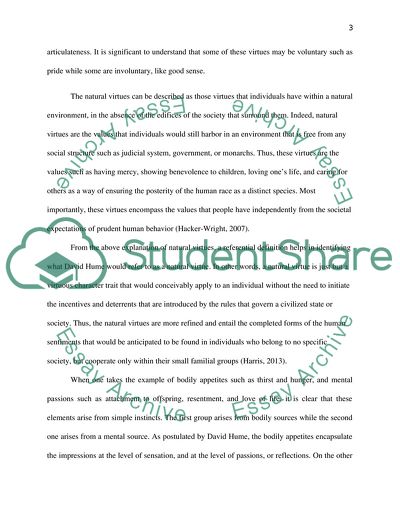Cite this document
(The Differences between Natural and Artificial Virtues Essay, n.d.)
The Differences between Natural and Artificial Virtues Essay. https://studentshare.org/philosophy/1873662-what-are-the-differences-between-the-natural-and-artificial-virtues
The Differences between Natural and Artificial Virtues Essay. https://studentshare.org/philosophy/1873662-what-are-the-differences-between-the-natural-and-artificial-virtues
(The Differences Between Natural and Artificial Virtues Essay)
The Differences Between Natural and Artificial Virtues Essay. https://studentshare.org/philosophy/1873662-what-are-the-differences-between-the-natural-and-artificial-virtues.
The Differences Between Natural and Artificial Virtues Essay. https://studentshare.org/philosophy/1873662-what-are-the-differences-between-the-natural-and-artificial-virtues.
“The Differences Between Natural and Artificial Virtues Essay”. https://studentshare.org/philosophy/1873662-what-are-the-differences-between-the-natural-and-artificial-virtues.


